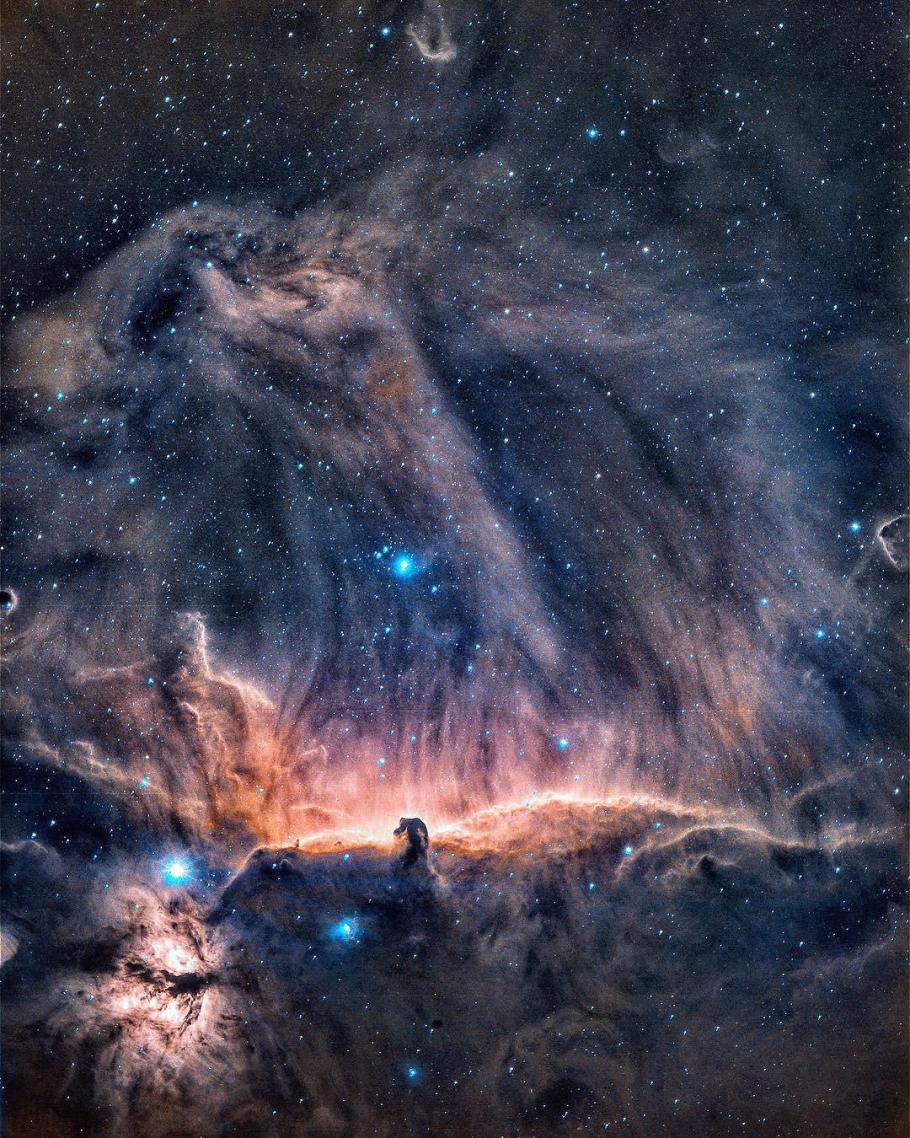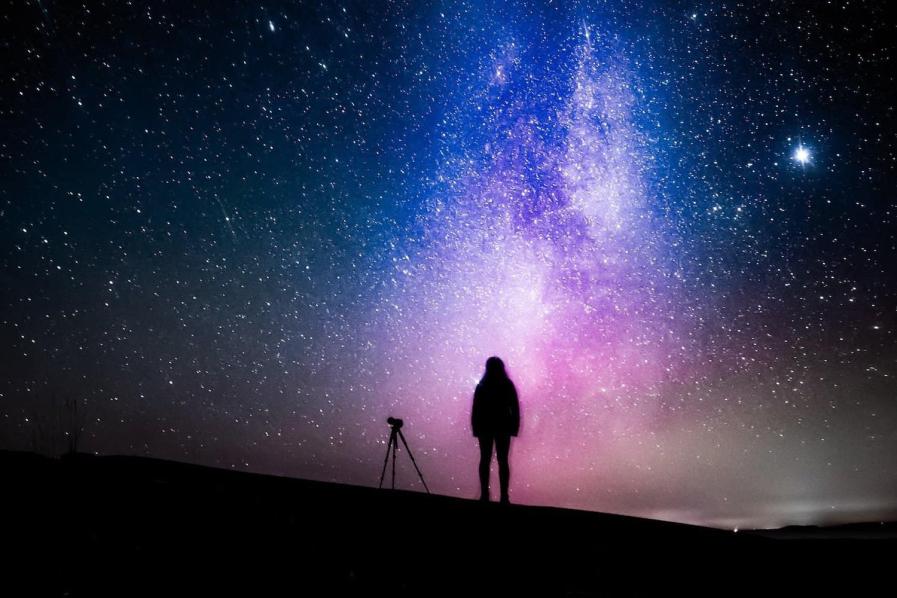What Are the Best Camera Settings for Northern Lights Photography?
The Northern Lights, also known as Aurora Borealis, are a natural phenomenon that captivates the hearts and minds of photographers worldwide. Capturing the ethereal beauty of these celestial lights requires a deep understanding of camera settings to ensure successful and stunning photographs.

I. Camera Settings
Aperture
Aperture, denoted by f-number, controls the amount of light entering the lens. For Northern Lights photography, a wide aperture (low f-number) is crucial to gather as much light as possible. Common aperture values for this purpose include f/8, f/4, and f/2.8. However, consider the depth of field and sharpness when selecting the aperture, as a wide aperture may result in a shallow depth of field.
Shutter Speed
Shutter speed determines the duration of light exposure on the camera's sensor. For Northern Lights photography, long exposures are necessary to capture the movement and flow of the lights. Typically, shutter speeds ranging from 15 to 30 seconds or longer are used. Experiment with different shutter speeds to achieve the desired effect, whether it's capturing the dynamic motion of the lights or creating a more ethereal, painterly look.
ISO
ISO controls the camera's sensitivity to light. Higher ISO values result in increased light sensitivity, allowing you to shoot in low-light conditions without underexposing the image. For Northern Lights photography, higher ISO settings are often necessary, such as ISO 1600, ISO 3200, or even ISO 6400. However, be mindful of noise levels, as higher ISO can introduce digital noise into the image.
White Balance

White balance ensures accurate color reproduction in photographs. For Northern Lights photography, setting the white balance to "tungsten" or "daylight" can help achieve natural-looking colors. Alternatively, you can use a custom white balance setting by capturing a white card under the same lighting conditions or manually adjusting the white balance.
Focus
Manual focus is highly recommended for Northern Lights photography to ensure precise control over the focus point. Focus on a distant object or set the focus to infinity to capture the lights sharply.
Lens Choice

A wide-angle lens is ideal for capturing the vastness of the Northern Lights and the surrounding landscape. Consider the focal length and composition to create visually compelling images. Common focal lengths for Northern Lights photography range from 14mm to 24mm on full-frame cameras.
II. Additional Tips
- Use a sturdy tripod to minimize camera shake and ensure sharp images.
- Employ a remote shutter release or self-timer to avoid camera movement during the long exposures.
- Dress warmly and plan for cold weather conditions, as Northern Lights photography often takes place in remote and chilly locations.
- Research aurora forecasts and choose a location with minimal light pollution to enhance your chances of capturing vibrant Northern Lights.
Remember, the best camera settings for Northern Lights photography are not set in stone. Experiment with different settings to find what works best for your camera and personal preferences. Patience and perseverance are key to capturing stunning images of this natural wonder.
YesNo

Leave a Reply